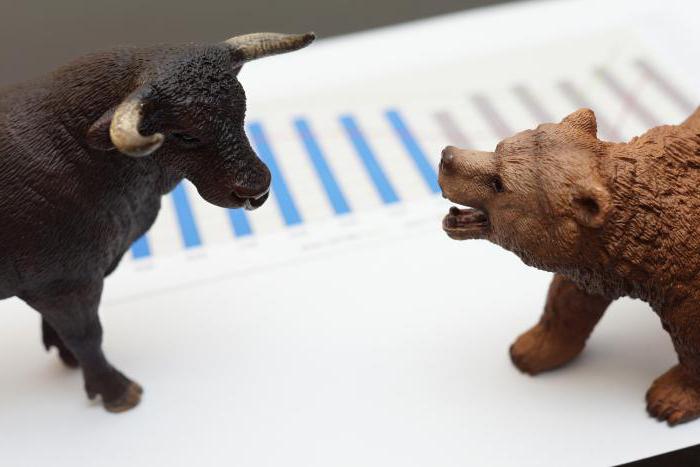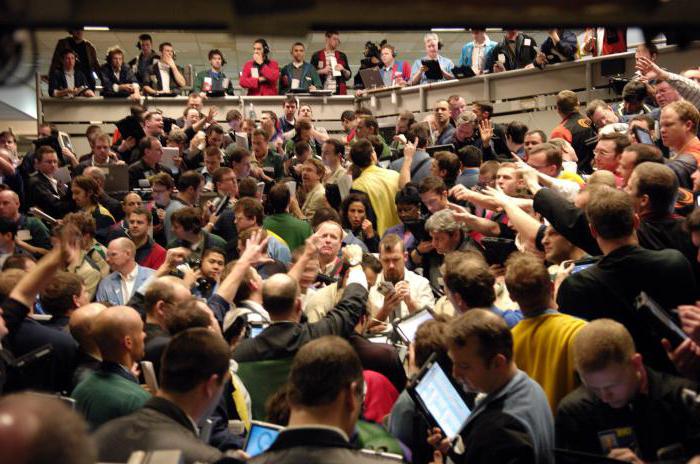There are several types of instruments in the modern stock market. Stocks and bonds are the simplest of them, but not the only one. In terms of trading volume, the so-called derivatives have long left them behind. These are contracts with deferred performance, according to which the parties receive the right and / or obligation to buy, sell or exchange an asset on conditions previously agreed upon. What are they and what are attractive?

What it is?
Derivatives are often referred to as second-tier instruments, financial derivatives or “paper on paper”. The basis of any of them is always the underlying asset, which the parties agreed to subsequently deliver and accept. Various factors can influence the value of derivatives, however, in the first place, it depends on changes in the price of an asset.
What can act as a base on which derivatives are concluded? Security, currency, stock index interest rate, credit, agricultural products (grains and legumes, coffee, sugar, orange juice and others), metal, including precious, oil, gas and even a natural phenomenon. In essence, a derivative is a liability for this asset. It can be mutual, that is, counterparties can exchange their obligations. Or maybe one-sided - then one side buys an obligation to the other.

Urgent character is another feature that distinguishes derivatives. This means that counterparties do not calculate them when concluding a contract, but in the future. Any derivative has an expiration date - the day on which its execution is due. After that, the derivative loses its value and goes out of circulation.
Types of Derivatives
The main types of derivatives are options, futures, forwards and swaps. We will tell you more about them. Futures and forwards are contracts for the future supply of an underlying asset. In this case, the price should be fixed at the date of conclusion. For example, a forward for wheat implies that a farmer is required to deliver a certain amount of it in a timely manner. And the buyer - accept and pay at a pre-agreed cost. The main difference between futures and forwards is that the first is traded on the stock market, and the second is an over-the-counter instrument.
The option gives the buyer the right to demand the fulfillment of the contract, although he himself does not have any obligations to the seller. What are these derivatives? This is the acquisition by the buyer (holder) of the obligations of the seller (subscriber) for a certain premium. For example, a trader wrote an option to a farmer (that is, sold his obligation) to buy from him a future wheat crop at a price slightly higher than the current market price. At the appointed time, the farmer will decide whether to deliver the products to the merchant at this cost or not. If the wheat market falls, it will be profitable for the farmer to exercise the option. If the price of wheat drops, then the contract will expire without execution. Then the trader will fix the profit in the form of a premium received earlier.

Swap is an OTC market contract. On its basis, the parties temporarily exchange their assets or liabilities. This tool is used by banks, investment funds and large companies in order to improve the structure of their assets, make a profit or reduce risks.
Exchange derivatives
An exchange derivative is an instrument that is traded on an exchange.Such contracts are futures or options. Their feature is that they have standard parameters. The exchange as a regulator and guarantor of the fulfillment of transaction conditions sets the specification for each instrument. It stipulates all the conditions of the contract, in addition to its price. It is precisely the subject of bidding. Transactions on the exchange are depersonalized, that is, counterparties of derivatives are not known to each other.
Most stock exchange derivatives expire without the delivery of a real asset. Therefore, their market is often called speculative and compared with the trade in air. Many exchange derivatives do not initially supply, that is, they are settlement. For example, futures and options on currencies, indices, interest rates, natural phenomena. The seller and the buyer only record profit or loss - on the day of expiration, one side transfers the money to the other. Deliverable derivatives also exist - these are futures and options on goods and stocks. However, for the most part, their circulation also ends without delivery - the seller and the buyer close their positions before expiration.
OTC Derivatives
OTC derivatives are contracts between specific participants that are known to each other. Thus, forwards, swaps and options may be concluded. The parties can negotiate any terms of the transaction in advance. Unlike their exchange counterparts, over-the-counter derivatives are mostly executed. If you do not want to enter the supply of an asset, one of the parties to the contract may transfer it to a third party. However, it is quite problematic to sell derivatives on the OTC market - you need to look for a buyer who will be satisfied with all the conditions of the contract.
Application
Due to the mechanism of margin lending (leverage), which is “embedded” in exchange-traded derivatives, traders like to use them to create speculative positions. This means that having paid a small security for the purchase (sale) of the contract, you can operate on its entire amount. Say, having bought 1 futures per 1 thousand USD on the Russian derivatives market, the trader gets the opportunity to operate with an amount almost 8 times higher than the cost of opening a position.

But still, the main purpose of financial derivatives is to protect assets from risks. For example, using currency derivatives, the owner of a bank deposit in US dollars can protect his funds from the depreciation of the currency against the ruble. As an option, this can be done by purchasing a proportional amount of appropriate put options (that is, those designed to reduce the price of an asset). The amount spent on their purchase will be a kind of payment for insurance against the fall of the USD / RUR rate. However, it is compensated if the US currency grows against the ruble. If it happens differently, then put options will bring comparable profit.
Derivatives are an important component of the modern financial market. They are popular both among private lovers of speculative transactions, and among large investment investors who want to insure their capital. A lot of interesting strategies that allow you to earn money in various market conditions are built on a combination of the underlying asset and derivatives.








